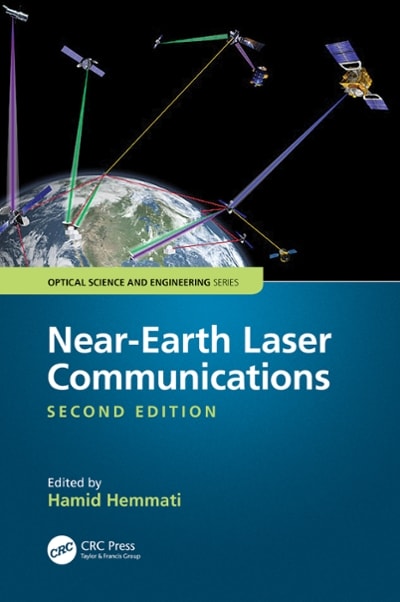It's physics 211
Activity 3: The Relationship between Drag and Speed Guiding Question: How does the drag force depend on speed - linearly or quadratically? In general, Drag force depends on speed as: [DI = CIV+ c2v2 where cy and c2 are constants that depend on the object and the fluid. Your goal is to find which of these terms - the linear (cj v) or the quadratic (c2 v2) term - is dominant for your design. You will plot the drag force on the filter for different speeds and see whether the relationship is primarily linear (c1 v) or quadratic (c2 v2). ** Note that your book only considers the quadratic term. You should already have one set of data (D and v) from Activity 2 as a starting point for this exploration. 13. In general, which term (linear or quadratic) would be more important for very low speeds? Which term would be more important for large speeds? 14. Design an experiment to find the Drag force for different speeds to determine whether the linear or quadratic term is most important in this situation. You will want to use Excel to graph your data and fit functions (what kind?) to your data. In designing this experiment, you will need to consider the following issues: (a) How will you determine the Drag force on the coffee filter using the terminal speed data? (b) How you can vary the mass of the filter without changing other important properties that need to be fixed (e.g., surface area). (Why should they be kept fixed?) (c) How will you know your object has reached terminal speed from your data? (d) Given the formula for Drag force above, what variable makes the most sense on the horizontal axis. On the vertical axis? (e) How many different data points will you take to be able to answer the guiding question? Penn State University Physics 21 1R: Lab - Newton's Second Law and Drag Describe your plan below how you will determine the relationship between terminal speed and drag force. 15. Show your experimental data here. Paste necessary graphs and tables. [If you made a graph of D vs. v, why do you need to set the y-intersect to 0; i.e., make your fit go through (0,0)?] Use excel to create your plot. 16. What did you find the relationship between terminal speed and drag force to be in this particular experiment? Justify your answer using your data. Note that the answer doesn't just depend on whether cy or c2 is larger, but whether civ or cav is larger for your values of v! 17. When working on this experiment, a group takes a few data points and generates the following plot. Is this enough to turn in the data as is (in a professional context, would it be alright to publish this in a paper as a final result)? 45 7 40 35 3 8 25 y = 1.4x - 3.3333 2 20 R' = 0.9983 10 10 15 20 25 30 35 Speed (cmis)







